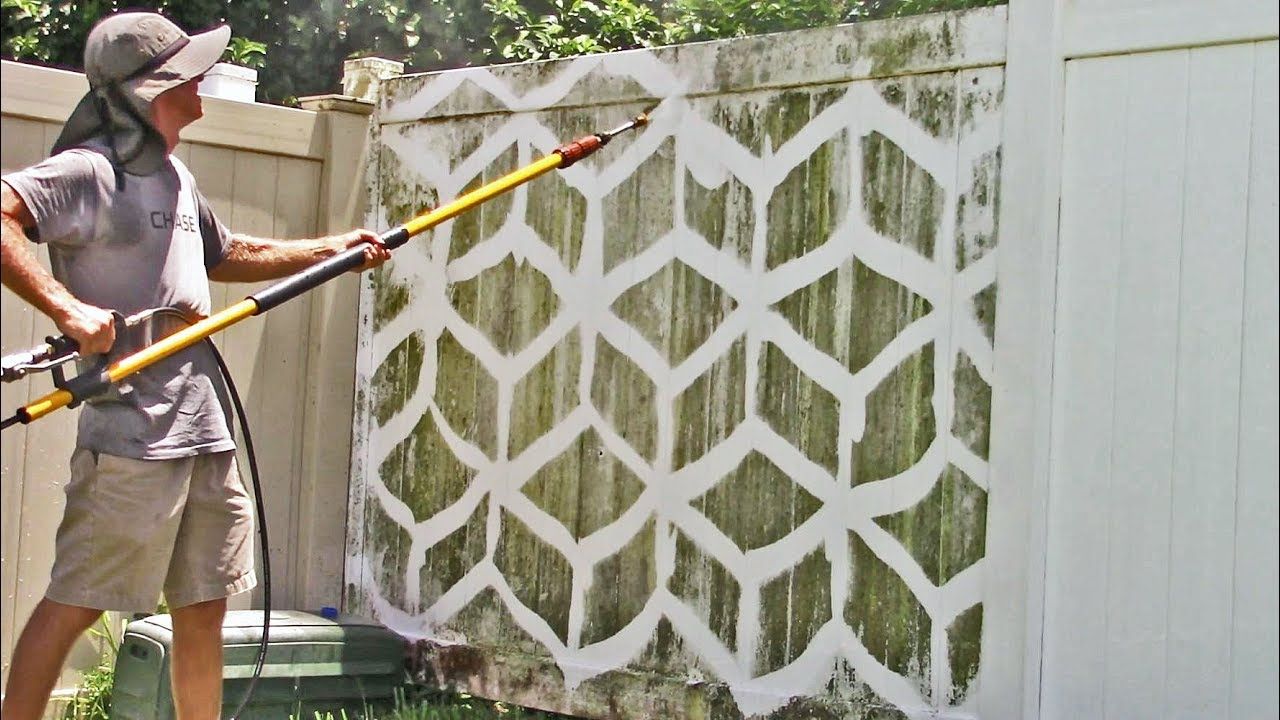

Articles
How To Clean White PVC Fence
Modified: January 9, 2024
Learn how to clean your white PVC fence with these helpful articles. Find tips and tricks for maintaining the pristine appearance of your fence.
(Many of the links in this article redirect to a specific reviewed product. Your purchase of these products through affiliate links helps to generate commission for Storables.com, at no extra cost. Learn more)
Introduction
Having a white PVC fence can be a beautiful addition to your property. It adds a touch of elegance and enhances the overall appeal of your outdoor space. However, over time, dirt, grime, and even mildew can accumulate, making your once pristine fence look dull and unattractive. Cleaning your white PVC fence regularly is essential to maintain its beauty and prolong its lifespan.
In this article, we will guide you on how to clean your white PVC fence effectively and efficiently. By following these steps, you’ll be able to restore its original shine and keep it looking brand new for years to come.
Key Takeaways:
- Regularly clean your white PVC fence using a mild detergent, soft brush, and water to maintain its pristine appearance. Remember to spot clean stubborn stains and dry the fence thoroughly for a flawless finish.
- Implement simple maintenance practices such as inspecting for damage, avoiding abrasive cleaning tools, and applying a protective coating to ensure the longevity and beauty of your white PVC fence.
Read more: What Is A PVC Fence
Gather the necessary supplies
Before you begin cleaning your white PVC fence, it’s important to gather all the necessary supplies. Having everything on hand will make the process smoother and more efficient. Here are the supplies you’ll need:
- Water
- Mild detergent or soap
- Sponge or soft-bristled brush
- Bucket
- Garden hose
- Microfiber cloth or towel
- Protective gloves
Ensure that you have a sufficient amount of water available, as you’ll need to rinse off the cleaning solution thoroughly. Mild detergent or soap is preferred to prevent any damage to the PVC material. Avoid using harsh chemicals or bleach, as they can discolor the fence.
It’s recommended to use a sponge or a soft-bristled brush for scrubbing the fence. This will help remove dirt and grime without scratching the surface. A bucket will come in handy for mixing the cleaning solution. Additionally, a garden hose will be used to rinse off the fence after scrubbing.
Don’t forget to wear protective gloves to keep your hands safe during the cleaning process. Finally, have a microfiber cloth or towel ready to dry the fence once you’ve finished cleaning.
Remove loose debris
Before you begin the actual cleaning process, it’s important to remove any loose debris from your white PVC fence. This includes leaves, twigs, cobwebs, and any other visible dirt or grime. Removing these loose particles will make the cleaning process more effective and prevent them from scratching the surface of the fence.
Start by using your hands or a soft-bristled brush to gently sweep away the debris. Be careful not to apply too much pressure, as this may scratch or damage the fence. Use a step ladder if needed to reach higher areas of the fence.
If there are stubborn debris or stains that are difficult to remove, you can use a damp cloth or sponge to gently wipe them away. Avoid using excess force, as this can cause damage to the PVC material.
By thoroughly removing the loose debris, you’ll be creating a cleaner canvas to work with when it comes to scrubbing and cleaning the fence. It will also ensure that the cleaning solution is able to penetrate the surface effectively, providing a deep and thorough clean.
Once you’ve removed all the loose debris, inspect the fence for any areas that require extra attention. Note any stains, discoloration, or marks that may need spot cleaning. This will help you address these areas later in the process.
With the loose debris removed, your white PVC fence is now ready for the next step: preparing a cleaning solution.
Prepare a cleaning solution
Now that you have removed the loose debris from your white PVC fence, it’s time to prepare a cleaning solution. The cleaning solution will help to break down stubborn dirt, grime, and stains, leaving your fence looking fresh and clean.
To prepare the cleaning solution, start by filling a bucket with warm water. The water should be warm, but not too hot, as extreme temperatures can damage the PVC material. Add a small amount of mild detergent or soap to the water.
It’s important to use a mild detergent or soap that is safe for use on PVC materials. Avoid using harsh chemicals or bleach, as they can discolor or damage the fence. Read the instructions on the detergent or soap packaging to determine the appropriate amount to use. Generally, a small squirt or teaspoon of detergent should be sufficient.
Once you have added the detergent to the warm water, use a sponge or soft-bristled brush to mix the solution until it becomes soapy. The soap will help to break down dirt and grime, making them easier to remove.
Before proceeding with the cleaning, it’s a good idea to test the cleaning solution on a small, inconspicuous area of the fence. This will ensure that the solution does not cause any discoloration or damage to the PVC material. If there are no adverse effects, you can proceed with confidence.
With the cleaning solution prepared, you are now ready to move on to scrubbing the fence and removing the stubborn dirt and stains.
Scrub the fence
With the cleaning solution prepared, it’s time to start scrubbing your white PVC fence. This step will help to remove stubborn dirt, grime, and stains, restoring the fence’s pristine appearance.
Dip your sponge or soft-bristled brush into the soapy cleaning solution. Ensure that the entire sponge or brush is coated with the solution, but avoid soaking it excessively to prevent dripping.
Starting from the top of the fence, gently scrub the surface in a circular motion. Apply moderate pressure to ensure effective cleaning, but be careful not to scrub too aggressively, as this can cause damage to the PVC material.
Move methodically across the fence, working your way down from top to bottom. Pay extra attention to areas that are visibly dirty or stained. Use small, focused movements to target these specific areas and fully remove the dirt and grime.
If needed, you can always reapply the cleaning solution to the sponge or brush. Make sure to rinse the sponge or brush frequently to remove any dirt or debris that has accumulated.
Continue scrubbing until you have covered the entire fence, ensuring that all surfaces are cleaned thoroughly. Take breaks if needed, especially if you’re working on a larger fence. This will prevent unnecessary strain and ensure that you’re able to maintain consistent scrubbing.
Remember to also pay attention to the fence posts, as dirt and grime can accumulate around these areas. Spend a bit of extra time cleaning around the post bases to ensure a uniform appearance.
Once you have completed the scrubbing process, it’s time to move on to the next step: rinsing off the cleaning solution.
To clean a white PVC fence, mix a solution of water and mild detergent. Use a soft brush or cloth to scrub the fence, then rinse with water. For tough stains, use a non-abrasive cleaner and a sponge.
Read more: How To Clean White Tablecloths
Rinse off the cleaning solution
After scrubbing your white PVC fence with the cleaning solution, it’s important to thoroughly rinse off any residue. This step will ensure that all traces of the cleaning solution are removed, leaving your fence looking clean and fresh.
Start by connecting your garden hose to a water source and turn on the water. Adjust the nozzle to a gentle spray or shower setting, avoiding a high-pressure stream that could potentially damage the fence.
Begin rinsing the fence from top to bottom, working your way across each section. Hold the nozzle of the garden hose a few feet away from the fence to allow a gentle cascade of water.
Make sure to rinse both sides of the fence panels, as well as the fence posts and any other PVC components, such as gates or decorative elements. Ensure that all surfaces are thoroughly rinsed, removing any remaining soap and dirt from the cleaning process.
Pay extra attention to any nooks or crevices where cleaning solution might have accumulated. Direct the water stream into these areas to ensure complete rinsing. Take your time to rinse off any stubborn areas to achieve a thorough clean.
As you rinse, periodically check the fence for any remaining dirt or grime. If you notice any stubborn stains or areas that require additional attention, move on to the next step: spot cleaning.
Continue rinsing until the water runs clear, indicating that all traces of the cleaning solution have been removed. Make sure to cover the entire fence, including the bottom edges and corners, to achieve an even and consistent clean.
Once the cleaning solution has been rinsed off, it’s time to move on to spot cleaning for any remaining stubborn stains or marks on your white PVC fence.
Spot clean stubborn stains
Despite your best efforts, there may still be some stubborn stains or marks remaining on your white PVC fence. Spot cleaning these areas will help ensure that your fence looks flawless and immaculate.
To spot clean stubborn stains, you’ll need to prepare a more concentrated cleaning solution. Mix a small amount of mild detergent or soap with warm water in a bucket. Use a sponge or soft-bristled brush to create a soapy solution.
Dip the sponge or brush into the soapy solution and apply it directly to the stubborn stains or marks on your fence. Gently scrub the affected areas, using small circular motions and applying a bit of extra pressure to break up the stain.
For particularly stubborn stains, you may need to let the soapy solution sit on the affected area for a few minutes to allow for deeper penetration. This will help loosen the stain and make it easier to remove.
After scrubbing the stain, rinse the area with clean water using a garden hose. Make sure to rinse thoroughly to remove all traces of the cleaning solution and dislodged dirt or grime. Inspect the spot after rinsing to determine if the stain has been successfully removed.
If the stain persists, you can try using a non-abrasive household cleaner specifically designed for PVC surfaces. Follow the instructions on the cleaner packaging and spot test it on a small, inconspicuous area before applying it to the stubborn stain.
It’s important to remember not to use abrasive materials or harsh chemicals on your white PVC fence, as they can damage the material and cause discoloration. Always opt for mild solutions and gentle scrubbing to preserve the fence’s integrity.
Once you have successfully spot cleaned any stubborn stains, move on to the next step: drying your white PVC fence.
Dry the fence
After cleaning and rinsing your white PVC fence, it’s important to properly dry it to prevent water spots and ensure a pristine finish. Drying the fence will also help prevent the growth of mold or mildew on the moist surfaces.
Start by using a clean microfiber cloth or towel to gently pat dry the surface of the fence. This will help remove any excess water and speed up the drying process. Make sure to cover all areas of the fence, including the panels, posts, and any other PVC components.
If you have a larger fence or want to speed up the drying process, you can also use a soft, dry mop or a sponge mop to gently wipe down the entire fence. This will help absorb the remaining water and ensure that no standing water is left behind.
Pay attention to any crevices or corners where water may collect. Use the cloth, towel, or mop to carefully dry these areas to prevent water from pooling and causing damage over time.
Allow the fence to air dry completely before moving on to any additional steps or maintenance tasks. The drying time will vary depending on weather conditions, such as temperature and humidity, so be patient and allow ample time for the fence to dry thoroughly.
During the drying process, avoid touching or leaning against the fence to prevent any transfer of dirt or moisture onto the surface. This will ensure a clean and pristine finish.
Once the fence is completely dry, you can enjoy the full beauty and brightness of your white PVC fence. However, it’s important to note that regular maintenance is still necessary to keep your fence looking its best for years to come.
Let’s conclude with some final thoughts and maintenance tips for your white PVC fence.
Final thoughts and maintenance tips
Congratulations! You have successfully cleaned your white PVC fence and restored its original shine. By following these steps and implementing some simple maintenance practices, you can ensure that your fence stays beautiful for years to come. Here are some final thoughts and maintenance tips to keep in mind:
- Regular cleaning: Make it a habit to clean your white PVC fence at least once or twice a year, depending on the climate and surrounding environment. This will help prevent the buildup of dirt, grime, and mold.
- Inspect for damage: Regularly inspect your fence for any signs of damage, such as cracks, chips, or loose panels. Address any issues promptly to prevent further damage and ensure the longevity of your fence.
- Stay vigilant against stains: If you notice any stains or marks on your fence, address them as soon as possible. Promptly spot clean the affected areas using gentle methods to prevent the stains from becoming more stubborn and difficult to remove.
- Avoid abrasive cleaning tools: When cleaning your white PVC fence, always use soft-bristled brushes, sponges, or cloths. Avoid using abrasive tools or harsh chemicals that can scratch or damage the surface of the fence.
- Protective measures: Consider applying a protective coating or sealant to your white PVC fence. This can provide an extra layer of protection against dirt, UV rays, and other environmental factors that can cause discoloration or damage.
- Trim vegetation: Keep shrubs, bushes, and trees trimmed away from the fence. Vegetation can rub against the fence and cause scratches, stains, or even mold growth. Regularly trim any nearby vegetation to maintain a clear space around the fence.
- Regular maintenance: Along with cleaning, regularly perform maintenance tasks such as tightening screws or nails, lubricating hinges and latches, and checking for any signs of wear or damage. These small tasks can go a long way in keeping your fence in excellent condition.
- Protective gloves: When cleaning or performing maintenance tasks on your white PVC fence, always wear protective gloves to keep your hands safe from any cleaners or chemicals that may be used.
By following these maintenance tips and keeping your white PVC fence clean and well-maintained, you can enjoy its beauty and durability for many years to come. Now, sit back, relax, and admire the stunning appearance of your clean white fence!
Frequently Asked Questions about How To Clean White PVC Fence
Was this page helpful?
At Storables.com, we guarantee accurate and reliable information. Our content, validated by Expert Board Contributors, is crafted following stringent Editorial Policies. We're committed to providing you with well-researched, expert-backed insights for all your informational needs.

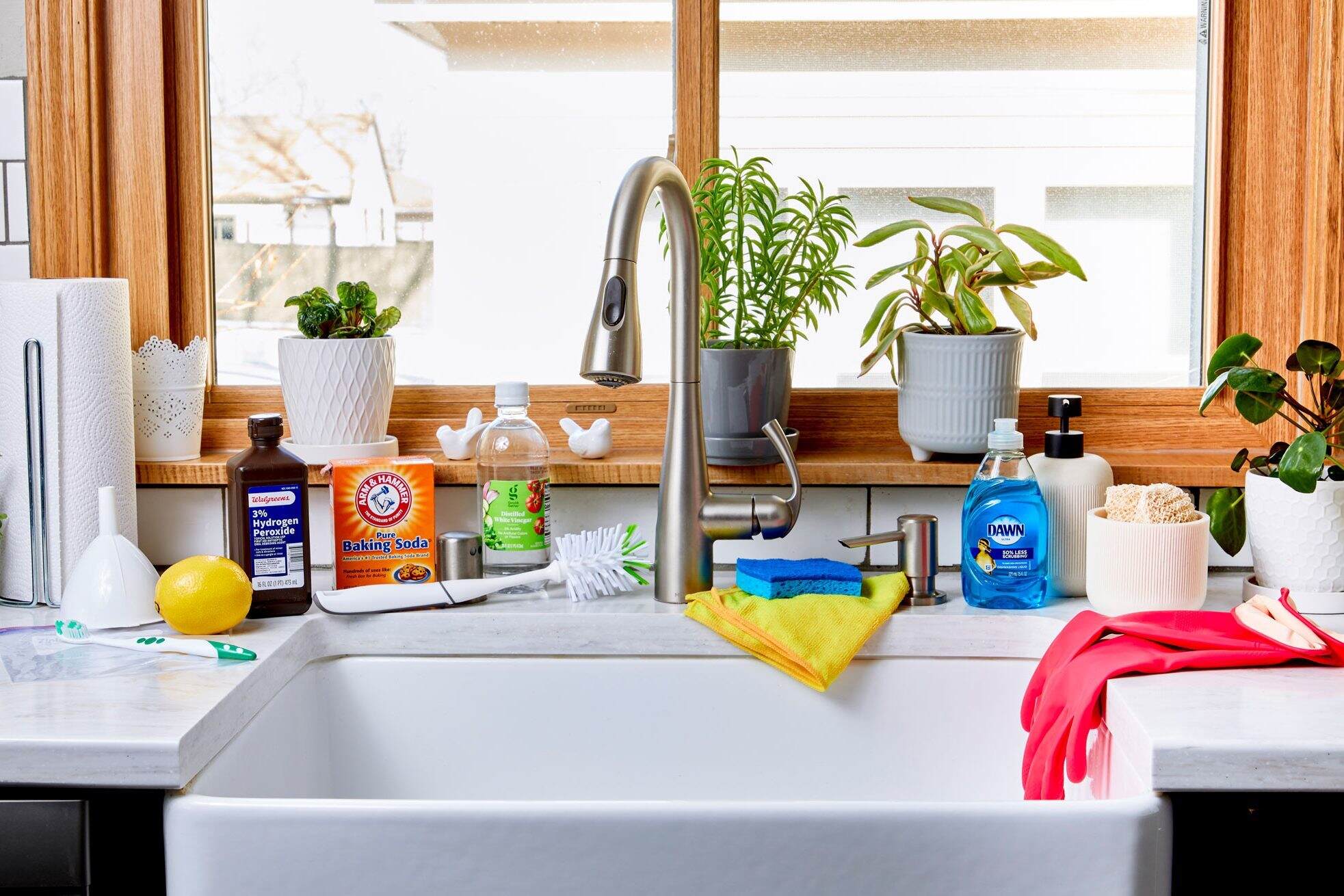

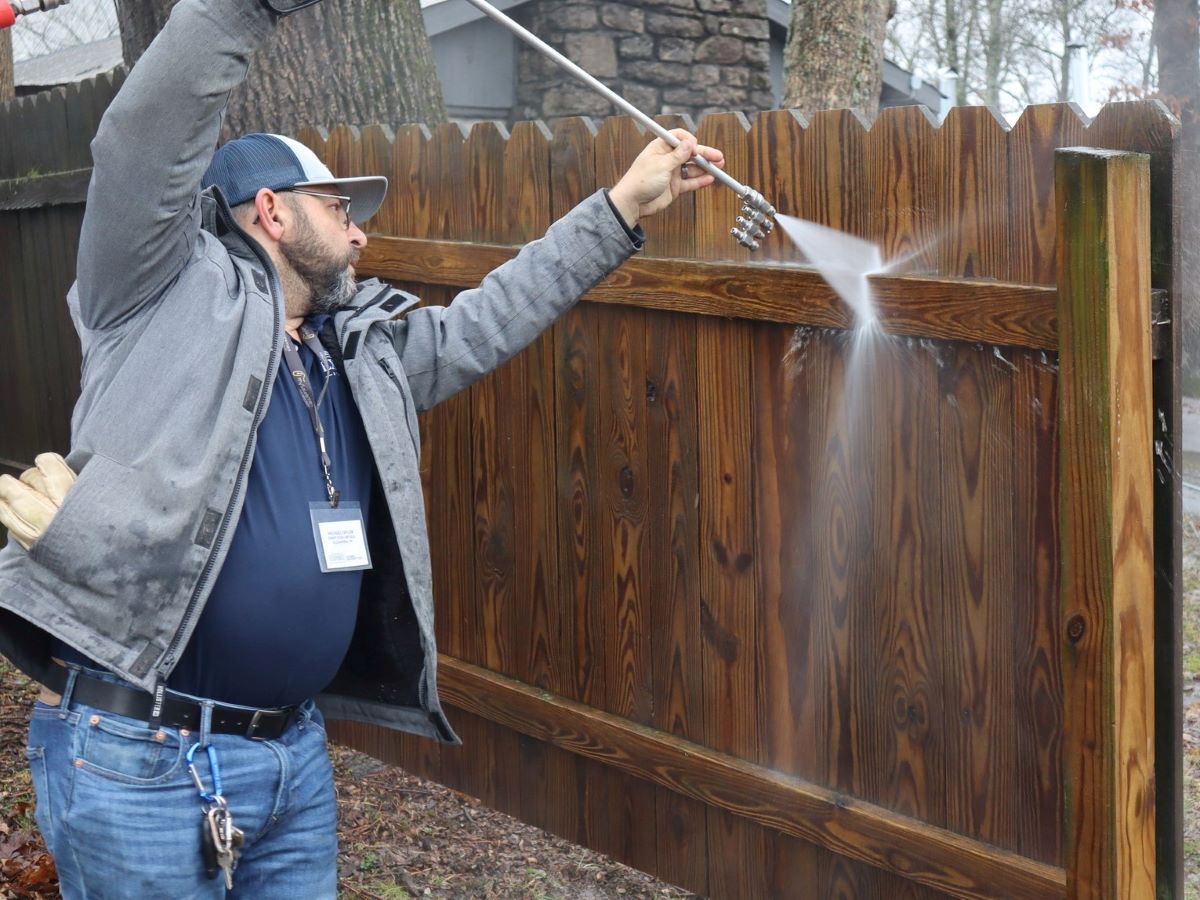


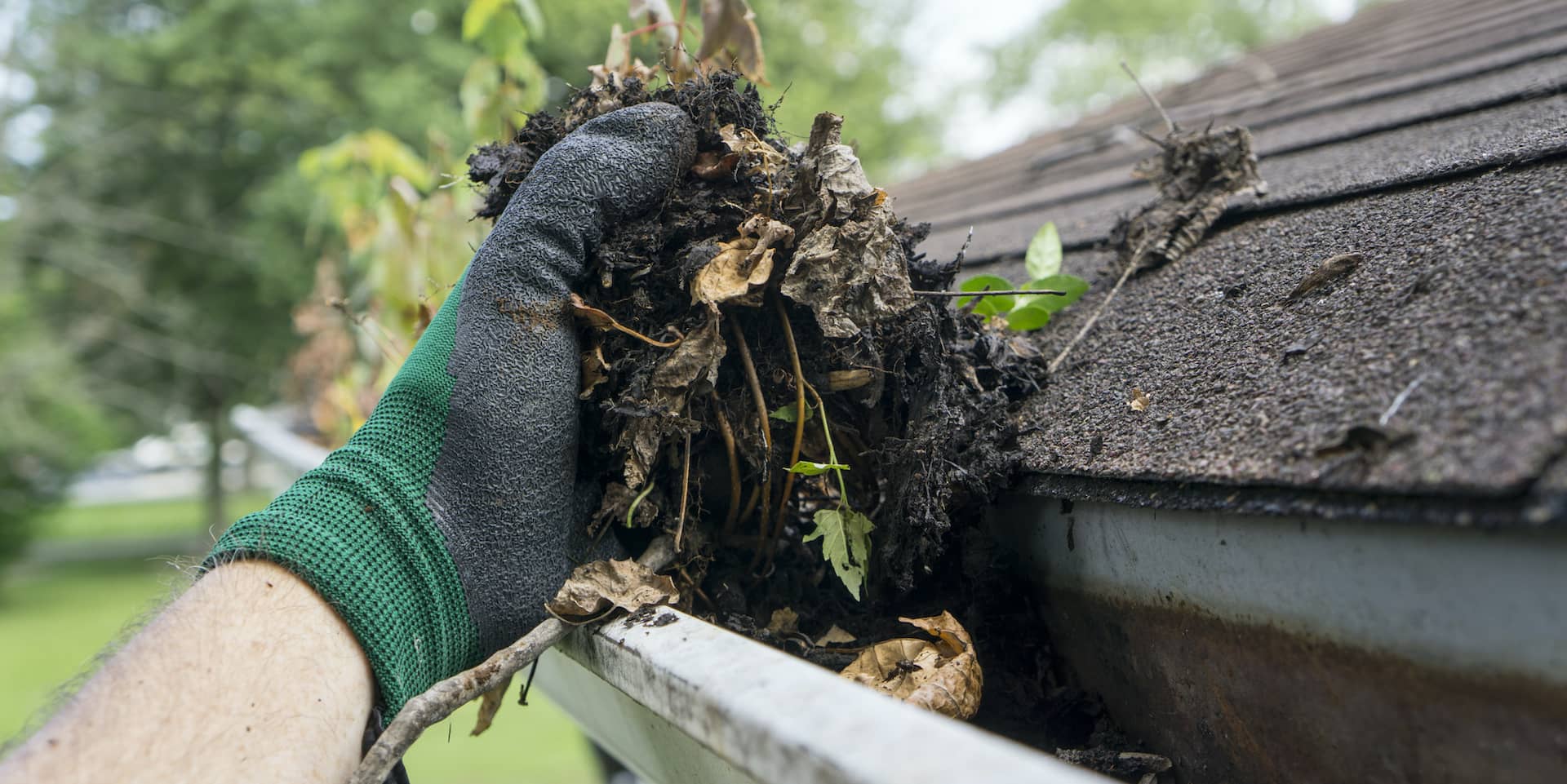
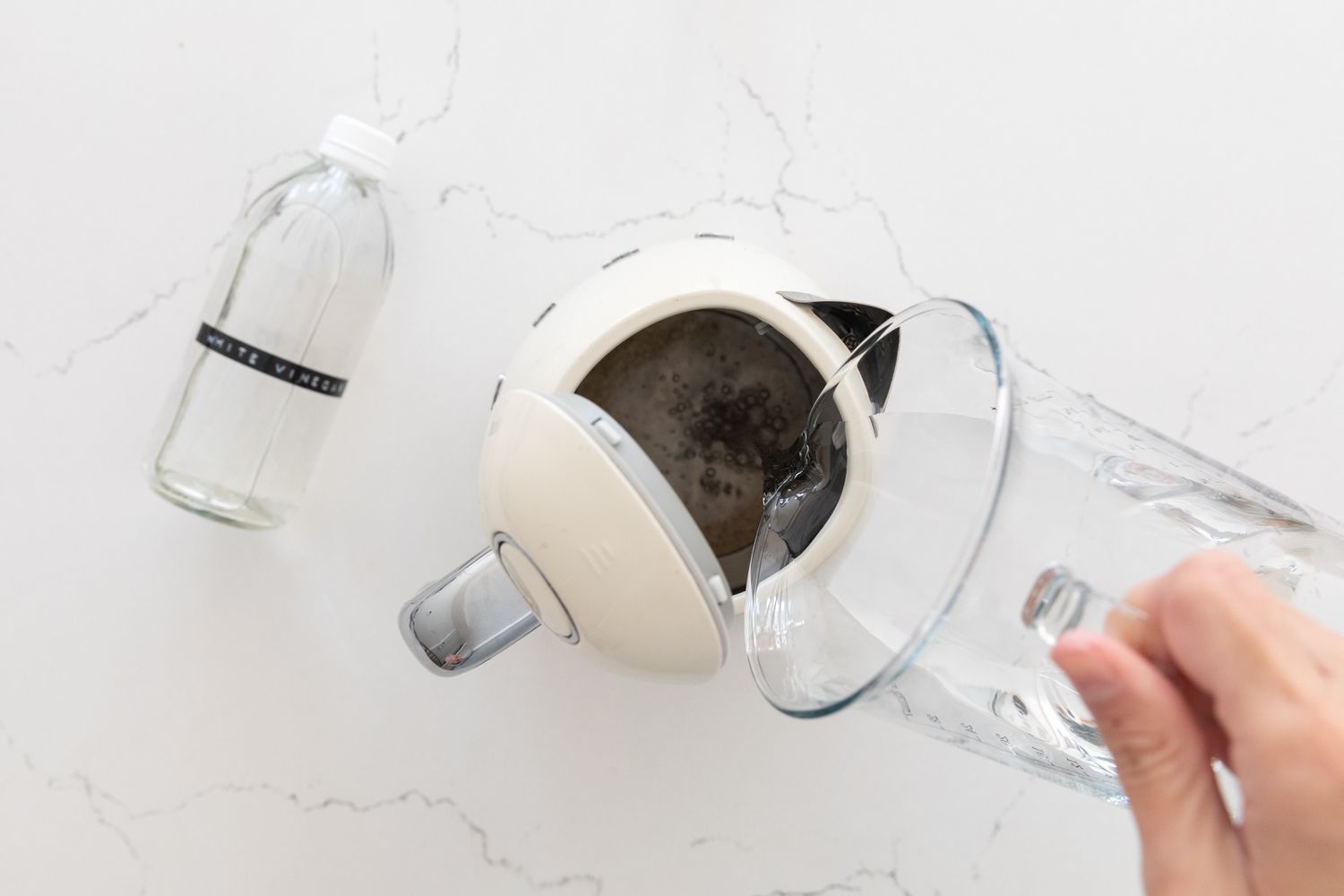
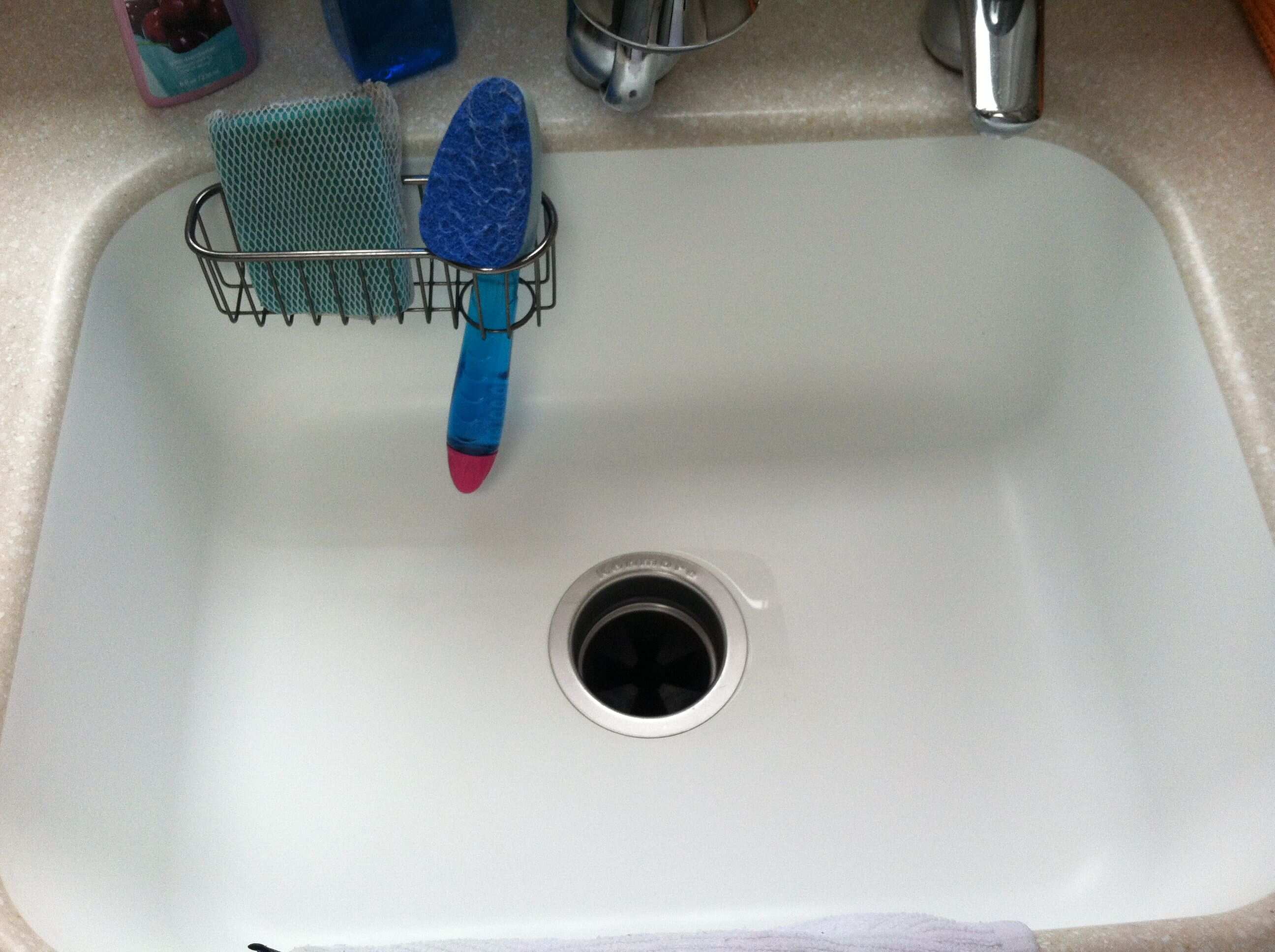
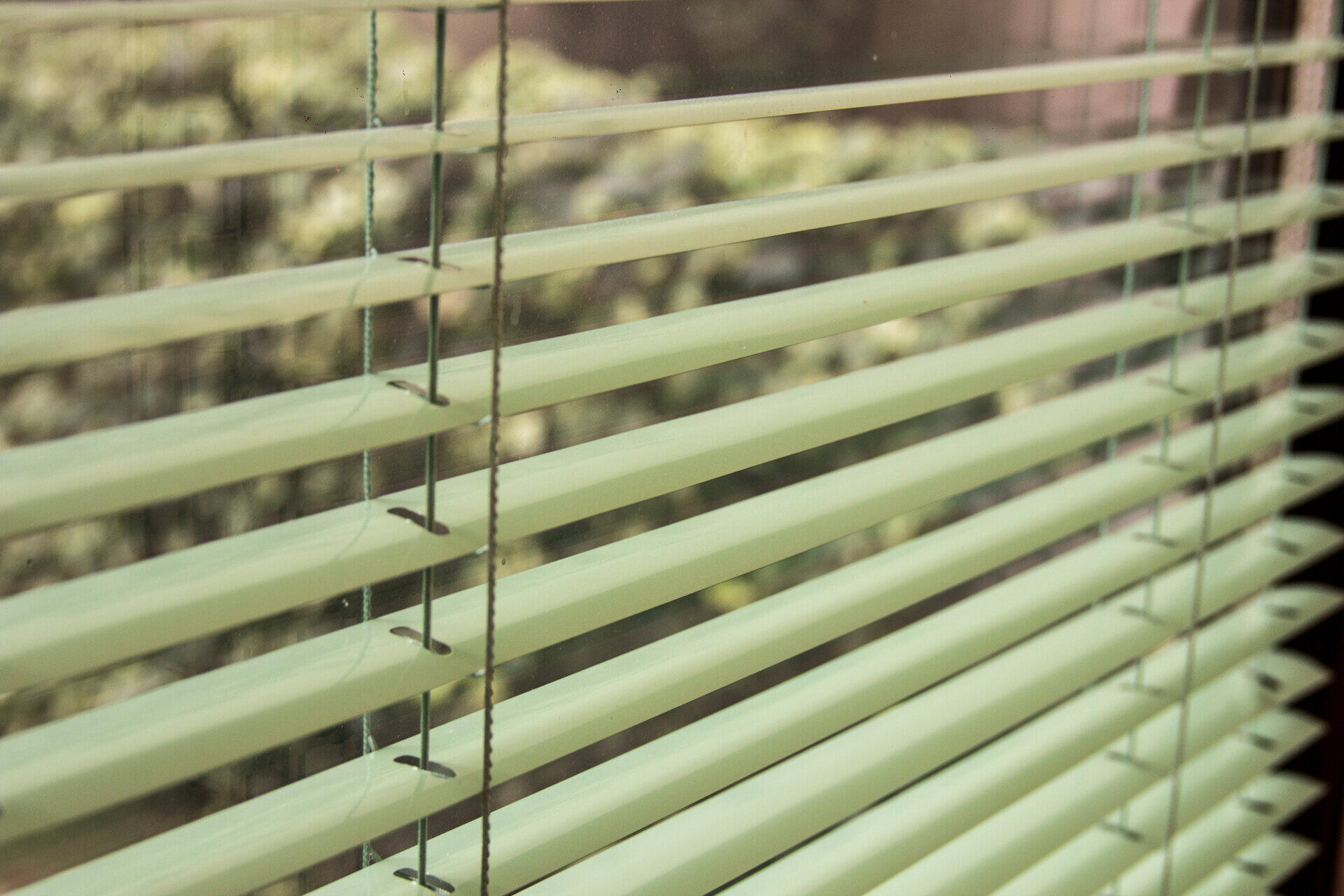


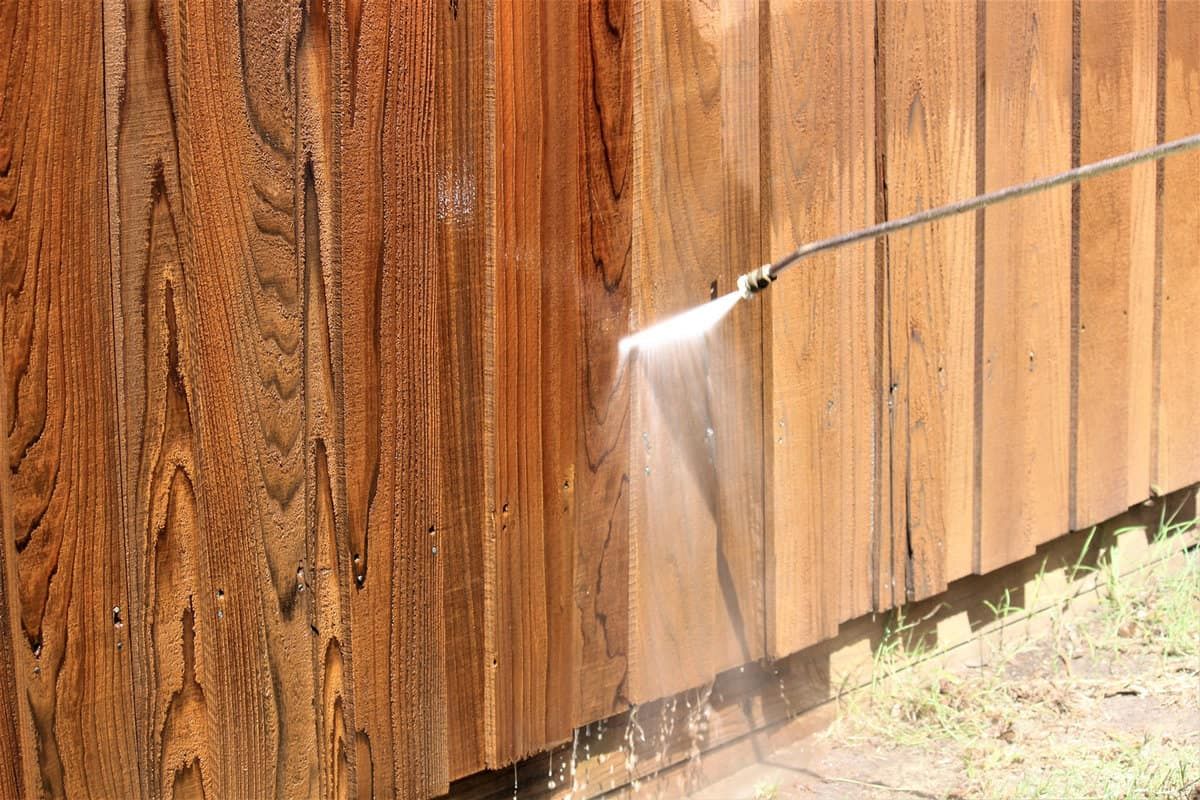
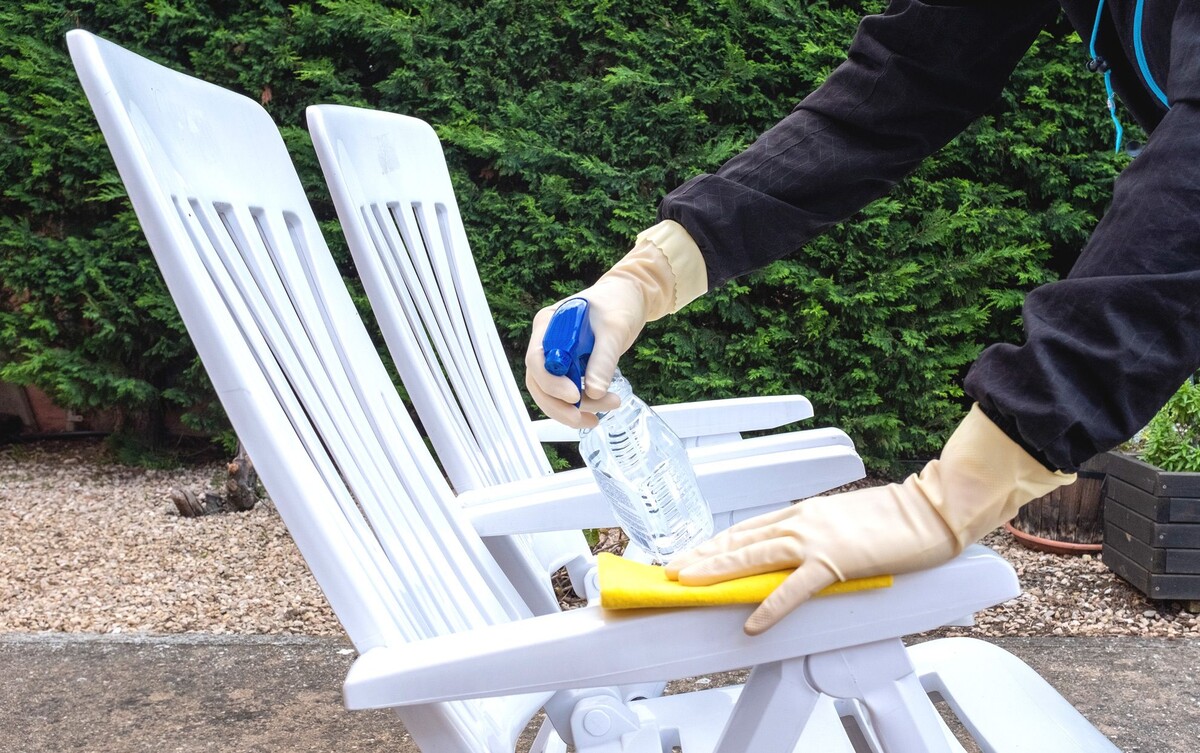

0 thoughts on “How To Clean White PVC Fence”